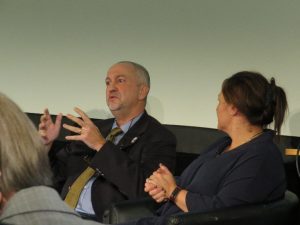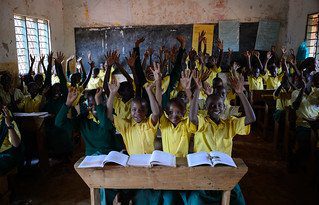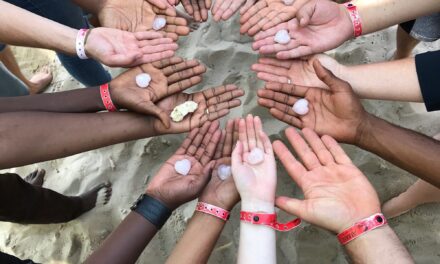This blog was written by Colin Bangay, Senior Education Adviser, DFID-Sierra Leone, and Angela Little, Professor Emirata, University College London, IoE. It was originally posted on the HEART (High Quality Technical Assistance for RESULTS) website following a DFID-Young Lives workshop in September 2015, and then rewritten following a workshop at the UKFIET 2019 conference for the Impact Initiative website on 24th September 2019.
 In an Impact Initiative led workshop at the UKFEIT 2019 conference we discussed how researchers can work together with NGOs, donors and research funders to translate evidence into policy and practice.
In an Impact Initiative led workshop at the UKFEIT 2019 conference we discussed how researchers can work together with NGOs, donors and research funders to translate evidence into policy and practice.
Through discussions on how best to communicate impact; what constitutes ‘evidence’; and how to strengthen and maintain networks and relationships, the general consensus was that an iterative and collaborative research approach involving a wide range of stakeholders from government, private sector, civil society and non-governmental organisations can be effective in influencing policy change.
All groups can learn from each other, and have value to add – be that in framing research questions, thinking about how and who to engage with, building ownership for research, brokering and finally communicating research.
Could each do more to ensure the other’s perspectives are usefully taken on board?
Below are some of the questions that policymakers will invariably want answers to (even if they don’t ask them directly). The challenge, for all of us, is how well we can answer them.
What policymakers want to know
- What’s the issue and why should I care about it? Situational analysis.
- Why is the current situation like it is and how did the issue arise? Drivers and incentives.
- What can be done about it, how, and at what cost? Rarely are the challenges being faced unique, so how they have been addressed in other countries (or earlier times) will be of interest. Options (with some reference to how others have addressed a similar issue), rather than recommendations, can be more influential. The value of inter- and intra-country comparison should not be under-estimated.
- What needs to be put in place to make change happen? What are the prerequisites for change? Who needs to be on board? What is the sequencing in which issues or groups are best addressed?
- What’s the wait time for pay off? How long before the dividends from any reform pay-off is clearly a big consideration. This will clearly be different if we’re looking at large-scale widespread reforms such as the restructuring of a system, top-to-toe curriculum report and/or teacher training reform, or interventions of a more modest nature such as learning improvement grants awarded directly to schools. Expressing the likely short-, medium- and longer-term impacts, with an awareness of the political cycle (and need for quick wins), is always helpful.
- What’s the down side? Being honest from the outset that good quality research may reveal inconvenient truths is critical in building ownership of the results. Providing support to policymakers so they can be responsive, and not just reactive, can be influential in moving from research to policy action.
What researchers want to know
- Who wants this research done and why? Is it aimed to deliver evidence for government, or donors? For teachers, for parents or students, or for teacher trade unions? Or is it intended to help other researchers?
- What is the commissioning organisations seeking? Are they looking for a descriptive status/survey report? An evaluation of an intervention? An overview of what happens elsewhere or has happened before? A randomised control trial? A quasi experiment?
- What types of impact are they seeking? Action on the ground (or recommendations for action on the ground)? Policy change (or recommendations for policy change)?
- Has an issue been clearly expressed? Is there an issue that needs resolution?
- What types of question are derivable from the expressed issue? Are the questions clear and researchable?
- How much resource (finance, time and human) is available for the research?
- And, assuming the answers to 1 to 6 can be addressed (or addressed through further dialogue), what are the research design options?





